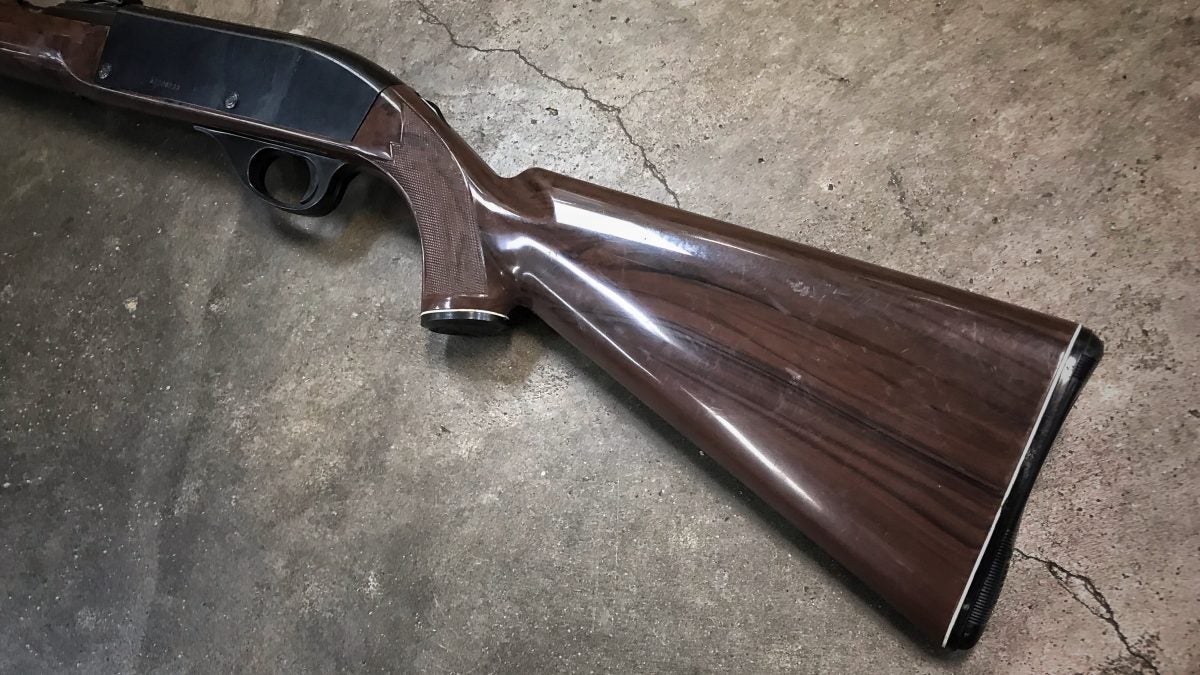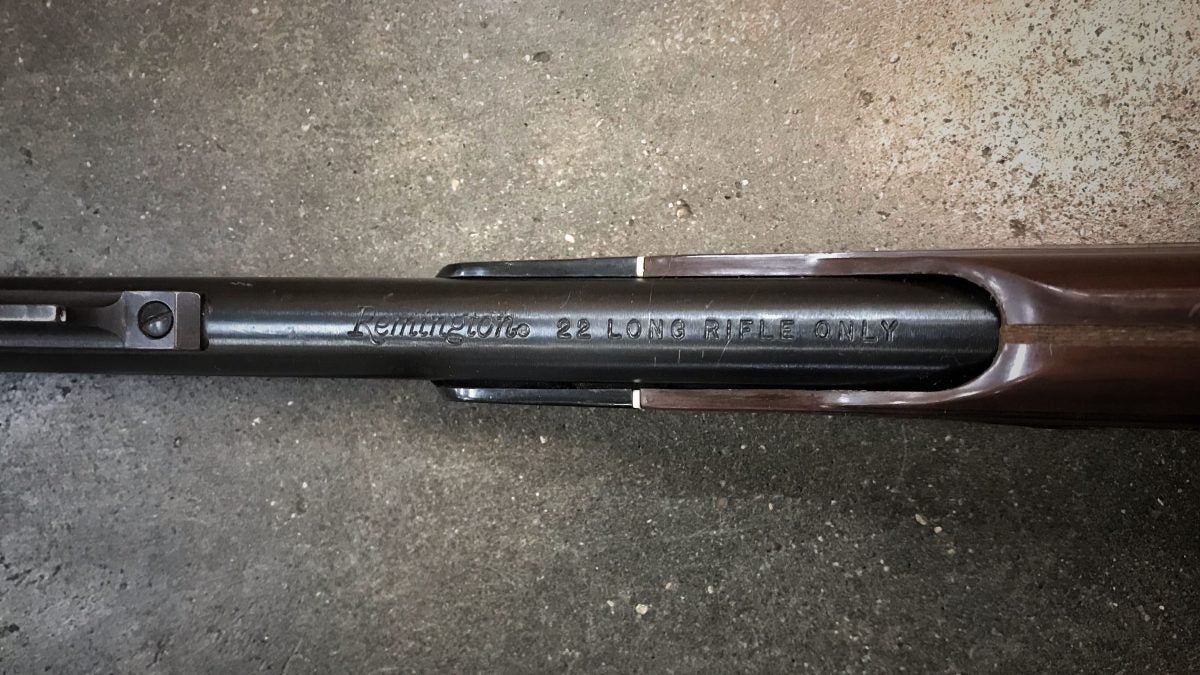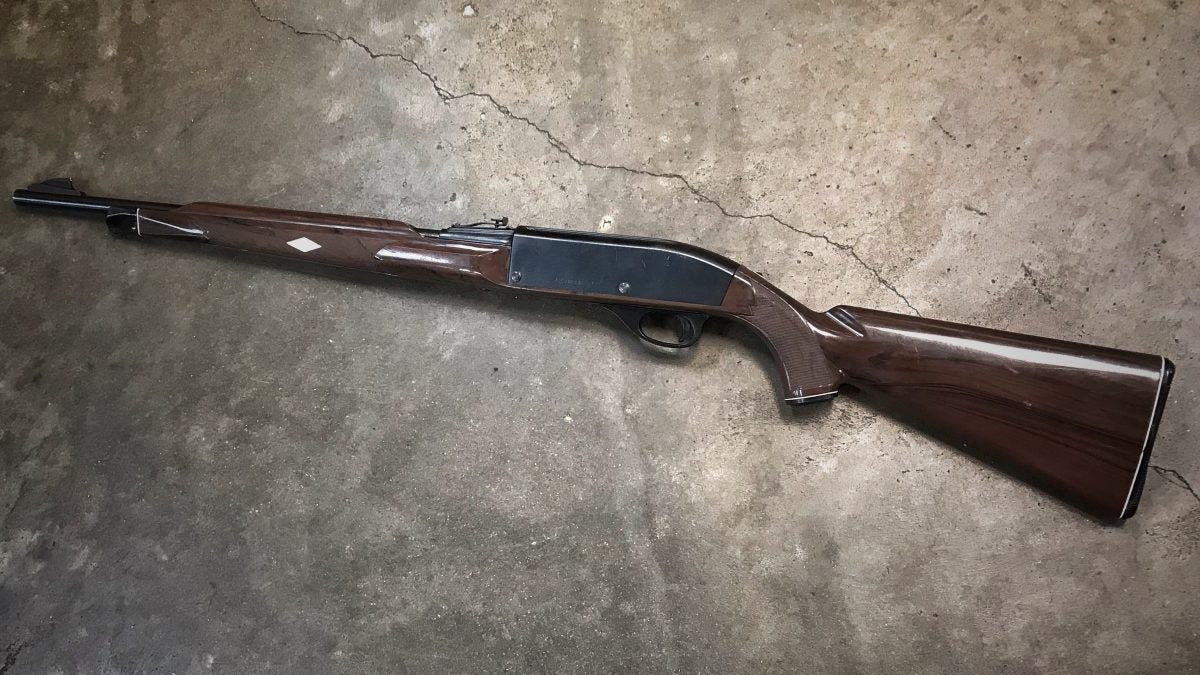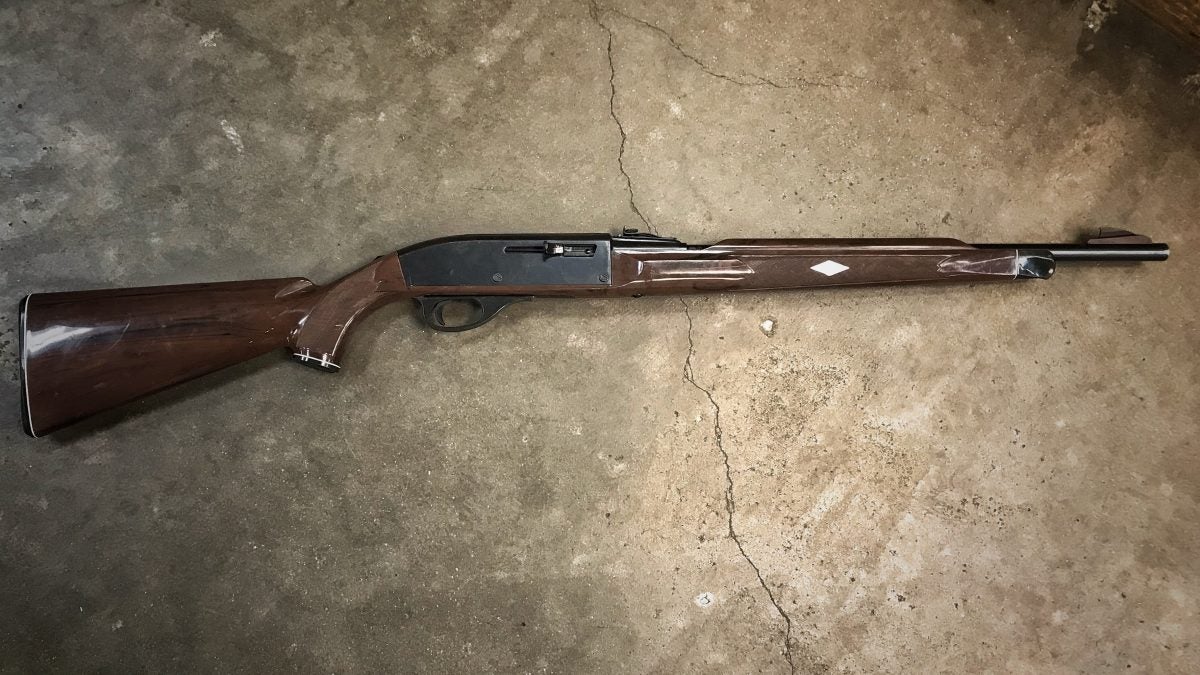Curious Relics #026: Remington Nylon 66 – Before Plastic Guns Were Cool
Sam.S 11.17.21

Welcome, if you are a newcomer to this fun bi-weekly segment of AllOutdoor.com! The last time around I covered the infamous Winchester 1887 Lever Action Shotgun in its entirety throughout three separate parts. Part One, Two, and Three can be found at their respective links. Today we are jumping into the often well-regarded Remington Nylon 66. This rifle has a vast history of being a beloved rifle that was more or less the first of its kind. Let’s dive right into the rabbit hole!
Welcome to our recurring series of “Curious Relics.” Here, we want to share all of our experiences, knowledge, misadventures, and passion for older firearms that one might categorize as a Curio & Relic – any firearm that is at least 50 years old according to the ATF. Hopefully along the way you can garner a greater appreciation for older firearms like we do, and simultaneously you can teach us things as well through sharing your own expertise and thoughts in the Comments. Understanding the firearms of old, their importance, and their development which lead to many of the arms we now cherish today is incredibly fascinating and we hope you enjoy what we have to share, too!
History Abridged: Remington Nylon 66
In a time where walnut hard stocks and blued glossy metal were the norms, Remington sought to not only fill a void in the market, but also to keep their pockets a bit fuller. In the mid-1950s it was decided that they should design a rifle to be especially affordable to the consumer. Obviously, by proxy, this means that it would have to be affordable for Remington to produce. The result was cutting out the high production cost items of the time such as machining (time is money!) and hardwood stock making. What should they replace it with? Well, in the 1950s plastic was becoming more and more acceptable in everyday life and was looked at as a fantastic path to the future. Remington looked to their DuPont overlords who were in the chemical business to help determine a material that would be especially durable, malleable, and reliable. In fact, they included a whole laundry list of requirements of the material for the chemical engineers at DuPont to figure out.
The requirements included, but were not limited to malleable material, flexible material, abrasive resistance, little response to heat or cold, withstand solvents, mild acids, and oils. It had to also not continue to burn after exposure to a flame. The finish must be restorable and hold its color without fading or distortion. The material had to be easily repaired and stay in its desired dimensions and tolerances. Lastly, it had to be noncorrosive and self-lubricating. The response was Nylon Zytel-101 in the Nylon 66 family of plastics/synthetics. This all for the most part occurred from 1955-1957 from what I have read.
As just mentioned you may have an idea of where the Remington Nylon 66 retrieved its name, but originally the name of the gun was supposed to be called the Remington Model 555 and nicknamed the “Bearcat,” but Remington quickly realized that Ruger had introduced a gun with the same name in 1958. So, after coming up with a stock made from the same material that would be found in commercial goods and the automotive industry, Remington made their efforts that much more affordable by making the receiver a piece of folded sheet steel that simply slid over the top of the plastic stock.
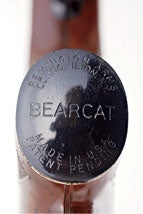
As time went on and this affordable rifle gained traction several variations and changes ensued. There were bolt-action, lever-action, and magazine-fed variants. Nylon 66 was born in 1959 and would boast production numbers of around 1,050,000 by the time its production ceased in 1989. This would be one of Remington’s most successful and reputable commercial ventures of the 20th century.
End of Part One: Remington Nylon 66
I always hate to cut this short folks, but this has been necessary as the articles continue to get longer and longer as I research more thoroughly. The Remington Nylon 66 is a very interesting topic for Curious Relics and I am very excited to be finally going over it with you. Next, Curious Relics will continue on and cover the variations of the Nylon 66. Hope to see you then when we get back to talking about the prince of polymer rifles, the Remington Nylon 66.
In closing, I hope our Curious Relics segment informed as well as entertained. This all was written in hopes of continued firearm appreciation and preservation. We did not just realize how guns were supposed to look and function. It was a long and tedious process that has shaped the world we live in. So, I put it to you! Is there a firearm out there that you feel does not get much notoriety? What should our next Curious Relics topic cover? As always, let us know all of your thoughts in the Comments below! We always appreciate your feedback.
